7-Day Raw Food Diet Plan (PDF)
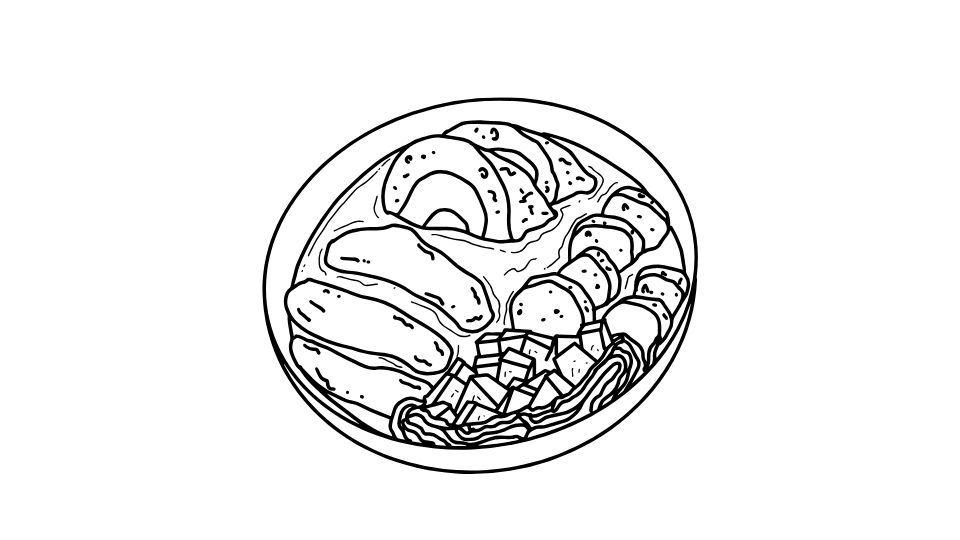
Ever wondered what happens when you stop cooking your food?
Raw food isn’t just for rabbits anymore. More people are exploring the benefits of eating foods in their natural, uncooked state—and there’s actually some solid science behind it.
Whether you’re looking to detox, boost your energy, or just try something new, a 7-day raw food plan might be worth exploring. Let’s break down what this involves, the potential benefits, and how to actually make it happen without losing your mind (or your taste buds).
What Exactly Is a Raw Food Diet?
A raw food diet focuses on uncooked, unprocessed, mostly plant-based foods. We’re talking:
- Fresh fruits and veggies
- Nuts and seeds
- Sprouted grains
- Cold-pressed oils
- Sometimes raw dairy or even raw fish (though many raw foodists are vegan)
The core principle? Nothing heated above 104-118°F (40-48°C), because higher temps supposedly destroy natural enzymes and nutrients.
Why People Try Raw: The Potential Benefits
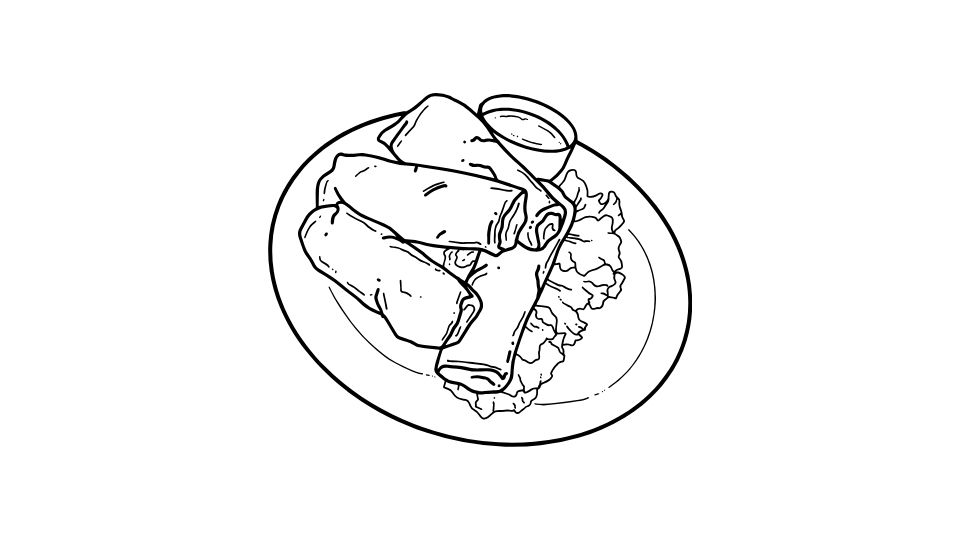
Raw food enthusiasts claim some pretty impressive benefits:
Higher nutrient intake: Many vitamins (especially vitamin C and some B vitamins) are heat-sensitive and get destroyed during cooking. Raw foods keep these intact.
Better digestion: All that fiber does wonders for your gut microbiome, potentially improving digestion and even immunity.
Weight management: Raw diets tend to be naturally low in calories and high in fiber, which helps you feel full while eating less.
Clearer skin: Many people report improvements in skin clarity and glow within days of going raw.
More energy: Without heavy cooked foods slowing digestion, many raw foodists report feeling lighter and more energetic.
Less processed food: By default, a raw diet eliminates pretty much all ultra-processed foods, which are linked to numerous health problems.
The 7-Day Raw Food Experience: What to Expect
A week of raw eating typically includes:
Tons of fresh produce: Your shopping cart will be bursting with colorful fruits and veggies.
Creative “cooking”: You’ll be blending, chopping, marinating, and dehydrating instead of cooking.
Plenty of hydration: Most plans recommend drinking at least 3 liters of water daily, plus herbal teas.
One juice day: Many 7-day plans include one day of just juices to give your digestive system a break.
Gradual changes: By day 3-4, many people notice changes in energy, digestion, and even taste preferences.
Sample Day on a Raw Food Plan
Breakfast: Green smoothie with spinach, banana, mango, and chia seeds
Lunch: Large salad with avocado, sprouts, and a tahini dressing
Snack: Apple slices with raw almond butter
Dinner: Zucchini “noodles” with sun-dried tomato and walnut “meatballs”
Dessert: Raw cacao mousse made with avocado and dates
The Raw Food Shopping List
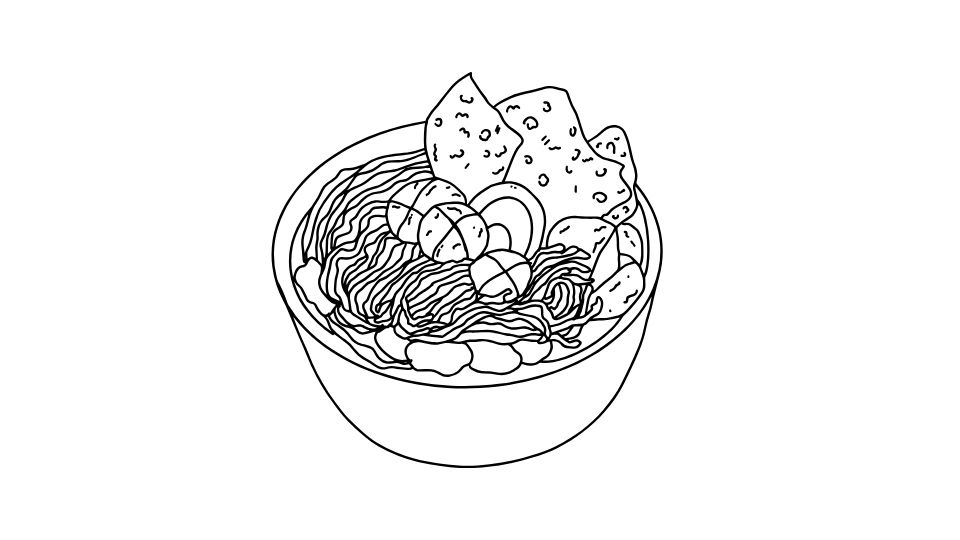
To prepare for a week of raw eating, you’ll need to stock up on:
Fresh Produce
- Leafy greens: Spinach, kale, lettuce
- Fruits: Bananas, apples, berries, avocados, lemons
- Vegetables: Bell peppers, carrots, cucumber, zucchini, tomatoes
- Herbs: Basil, cilantro, mint
Nuts & Seeds
- Raw almonds, walnuts, cashews
- Chia seeds, flaxseeds, hemp seeds, pumpkin seeds
- Raw nut butters (check labels to ensure they’re truly raw)
Specialty Items
- Coconut water
- Cold-pressed oils (olive, coconut, avocado)
- Raw cacao powder
- Nutritional yeast (for that “cheesy” flavor)
- Herbal teas
- Dates and dried fruits (for natural sweetness)
Potential Pitfalls: Not All Sunshine and Rainbows
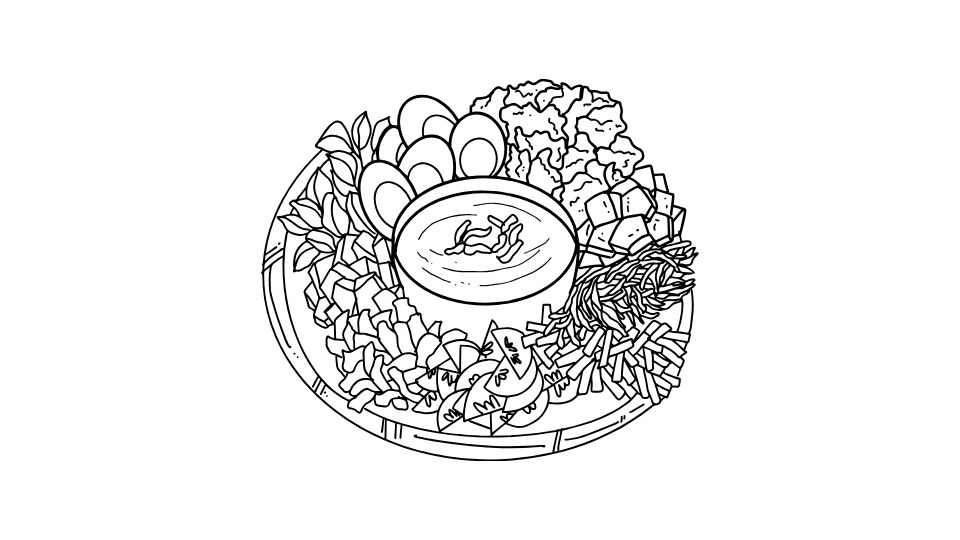
Before you toss your stove, there are some important considerations:
Nutritional concerns: Long-term raw diets can be low in calories, protein, vitamin B12, iron, zinc, and calcium. Short-term? Not a big deal. Months on end? Could lead to deficiencies.
Digestibility issues: Some nutrients actually become more bioavailable when cooked, like lycopene in tomatoes and beta-carotene in carrots. According to research, moderate cooking sometimes enhances nutrient absorption.
Social challenges: Let’s be real—eating out becomes much more complicated.
Food safety: Raw foods can carry foodborne illness risks if not properly washed or stored.
Time intensive: All that chopping, blending, and sprouting takes time.
Individual variations: Some people thrive on raw foods; others feel cold, hungry, or weak. Listen to YOUR body.
Tips for a Successful 7-Day Raw Food Experience
Ease in gradually: Don’t go from steak and potatoes to 100% raw overnight.
Invest in equipment: A good blender and food processor make life much easier.
Prep in batches: Cut up veggies and make dressings ahead of time.
Stay hydrated: Drink plenty of water between meals.
Listen to your body: If you’re genuinely hungry or feeling weak, it’s okay to modify.
Consider supplements: Even for 7 days, a B12 supplement isn’t a bad idea, especially if you’re going vegan-raw.
Make it fun: Try new recipes and get creative rather than focusing on what you “can’t” eat.
Is a 7-Day Raw Food Diet Right for You?
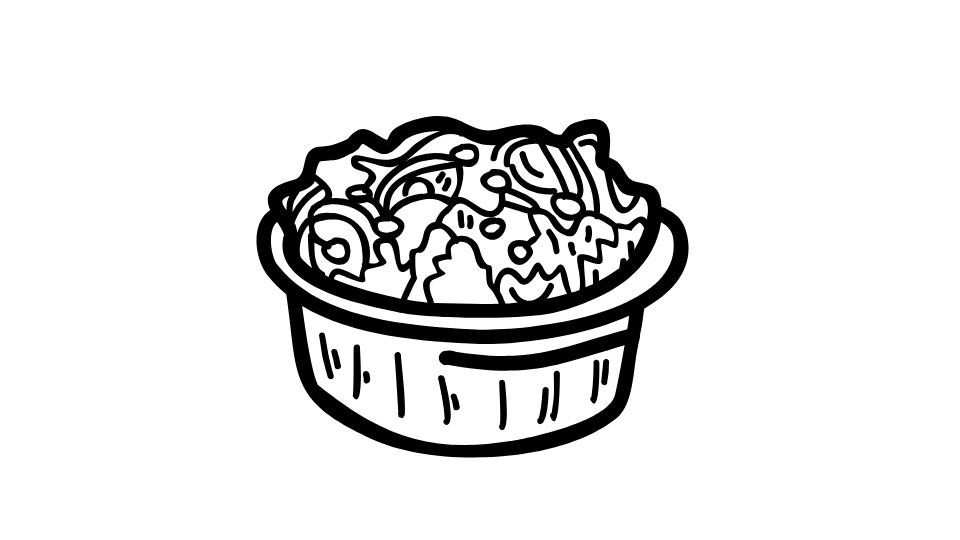
A week of raw foods can be a great reset for your system. It’s long enough to experience benefits but short enough to avoid nutritional concerns.
It might be perfect if:
- You want to jumpstart healthier eating habits
- You’re looking to improve digestion
- You need a break from processed foods
- You’re curious about raw food benefits without the long-term commitment
It’s probably NOT ideal if:
- You have digestive disorders that make raw foods difficult
- You’re underweight or have a history of disordered eating
- You’re pregnant, nursing, or have specific health conditions (always check with your doctor)
- You live somewhere very cold (raw foods can be cooling to the body)
Remember, it doesn’t have to be all-or-nothing. Even incorporating more raw foods into your regular diet can provide benefits without the extremes.
A 7-day raw food experiment might just change your relationship with food—or at least give you some creative new recipes for your rotation. Either way, your body will probably thank you for the influx of fresh, whole foods.

